Shields
Battle shields have been essential in protecting warriors throughout history. Made from various materials such as wood, steel, or leather, shields provide solid defense against direct attacks while playing a key role in combat strategy.
Each design is crafted to maximize mobility and offer durability in the most demanding situations. Whether you're a historical reenactor, collector, or modern fighter, these shields blend functionality with designs faithful to ancient traditions.
The term "umbo" can cause confusion, as it encompasses different meanings across various disciplines like anatomy, biology, and history. Below, we break down the most relevant definitions to understand its importance in each context.
Etymological Origin
The word "umbo" derives from the Latin umbōn-, which translates to "protuberance" or "boss of a shield". This term has links to the Proto-Indo-European root *h₃émbʰō, which alludes to the idea of a prominent or bulging point, much like the navel.
Uses in Anatomy
Within anatomy, the umbo refers to two key structures:
- Tympanic Membrane: Here, the umbo represents the central concave area that is in contact with the malleus (hammer) bone.
- Eye: In this organ, the umbo is a small depression located at the center of the foveola, a region essential for sharp vision.
References in Biology
In biology, the term umbo is relevant for various species:
- Bivalves: In these organisms, the umbo is the elevated part of the shell, where the beak forms, representing the initial growth of the animal.
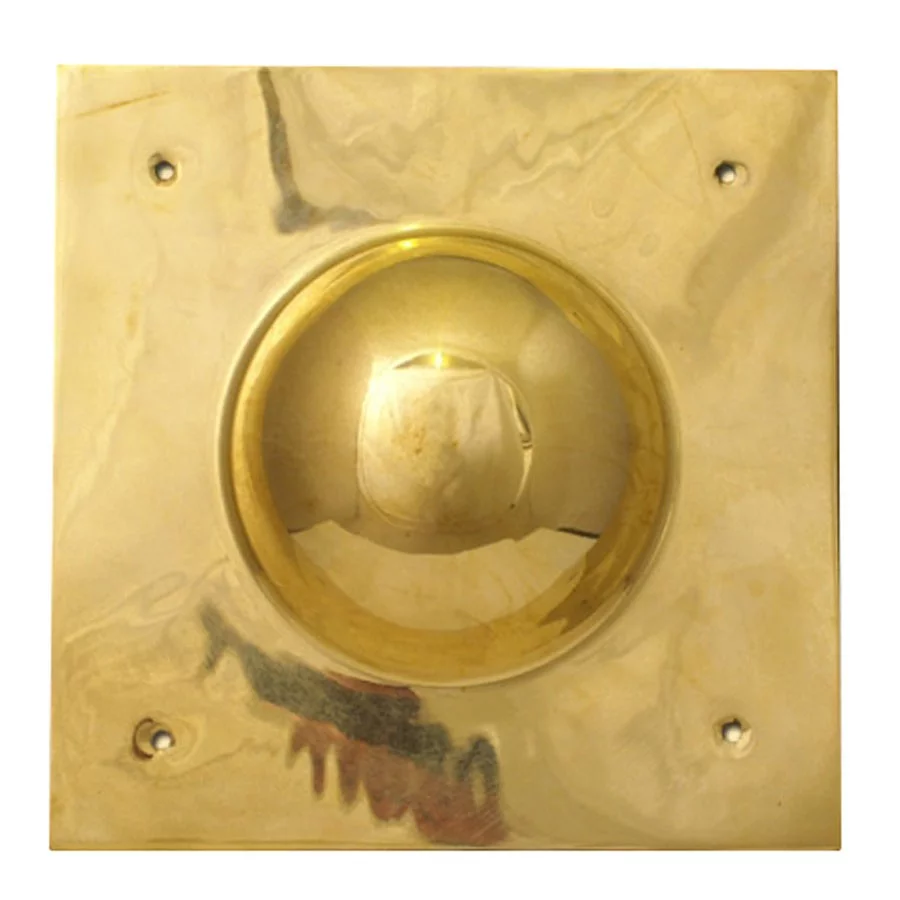
- Conifers: In this type of plant, the umbo appears as a protuberance on the scales of the cones, marking last year’s growth.
- Fungi: In mycology, it refers to a raised area or bump on the top of certain fungi.
Historical and Military Significance
In historical and military terms, the umbo is considered a fundamental part of shields:
- Shields: In these defensive artifacts, the umbo is the central convex piece that serves to protect the warrior, besides having an intimidating visual impact on adversaries.
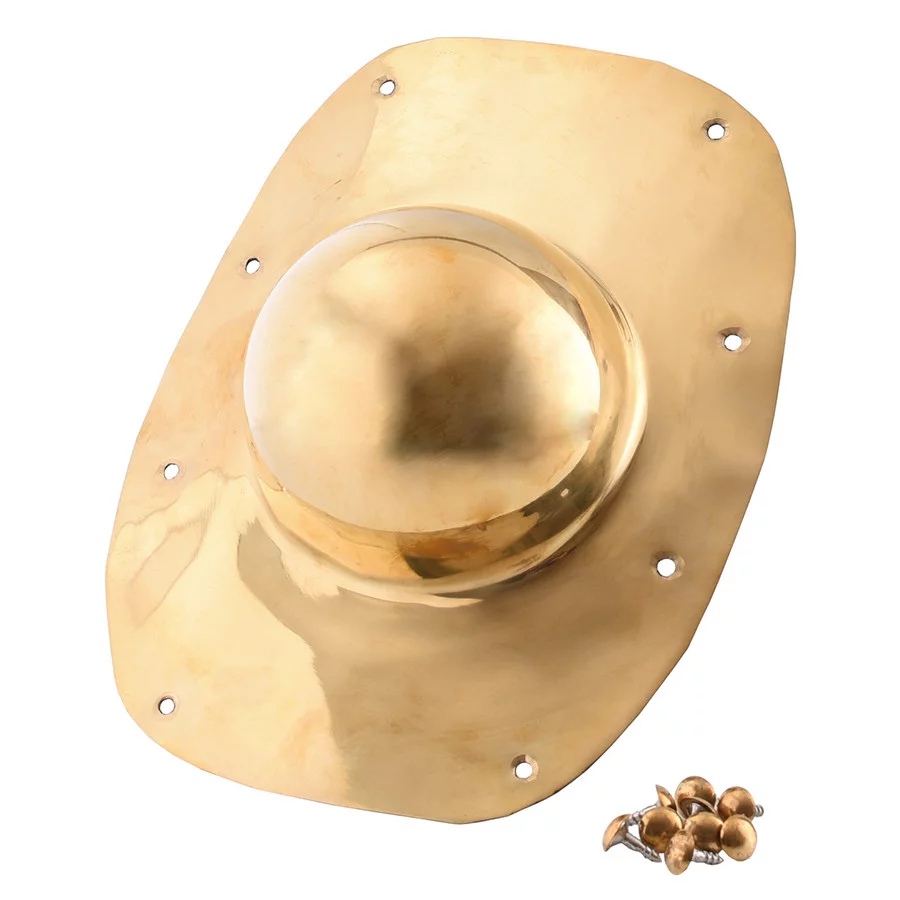
Cultural and Technological Relevance
The umbo is more than just a simple structure; its existence highlights the evolution of civilizations through its design and functionality. From defensive tools to anatomical elements, each use of the umbo illustrates both practical and artistic aspects in human history.
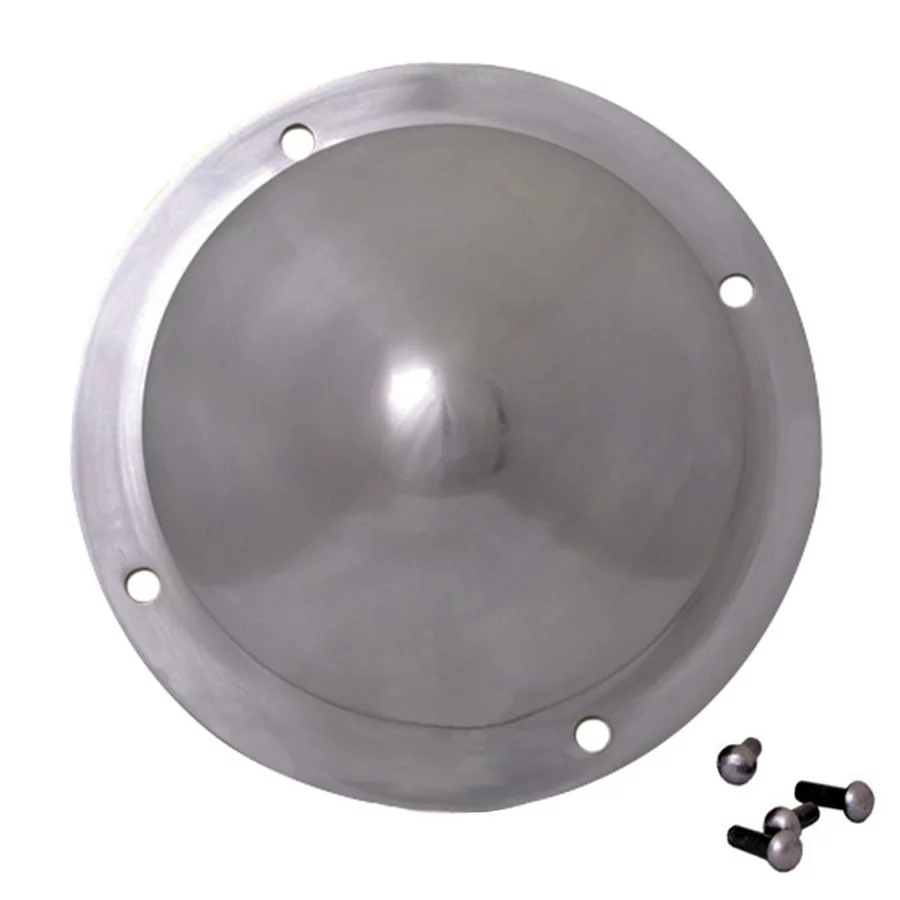
Thus, the umbo as a concept manifests in a variety of fields, providing a unique connection between science, art, and history.
The buckler is a type of small, circular shield that played a significant role in personal defense during the Middle Ages and the Renaissance. Its functional design made it a valuable tool for warriors of the time. Below, we will explore its origin, characteristics, types, and its use in combat in a clear and educational manner.
Origin and Definition
The term "buckler" comes from the Latin "bū[c]cula," which refers to "small mouth" or "cheek." This small shield, made from materials such as iron, steel, or wood, was often covered with suede. A distinctive feature of the buckler was its central boss or "umbo," which allowed for a secure and effective grip.
Main Characteristics
- Size: Its average diameter is approximately 23 cm.
- Weight: It generally weighs around 0.9 kg.
- Material: Commonly constructed with 2 mm thick steel.
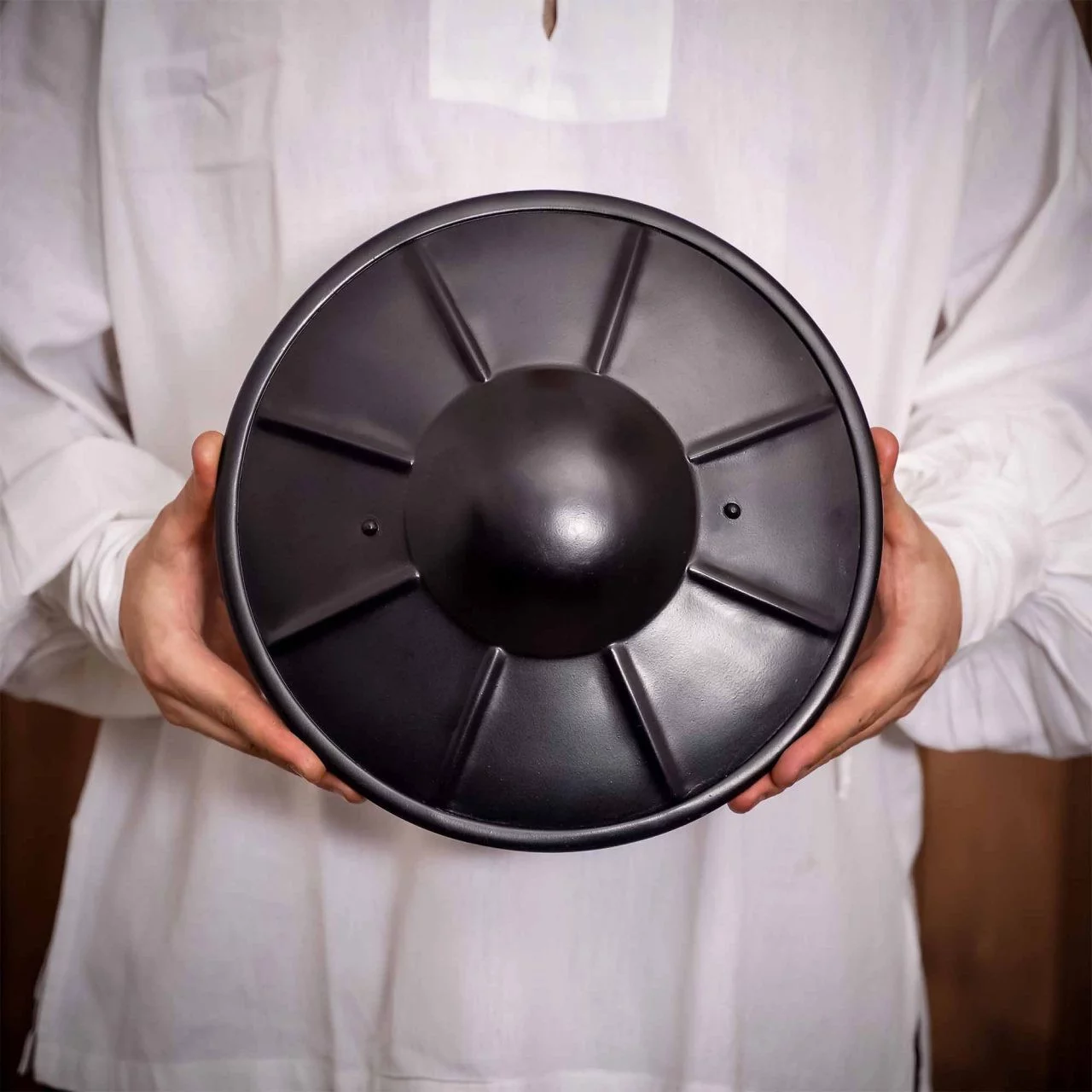
Combat Functionality
The buckler not only served as defense but was also fundamental in close combat. By using it alongside weapons like the rapier, warriors could:
- Protect their hand from the opponent's attack.
- Deflect blows thanks to its curved design.
- Directly attack the adversary with strikes from the edge of the buckler.
Types of Bucklers
There are two main forms of bucklers documented:
- Round Buckler: Simple and effective, with the grip located behind the umbo.
- Corrugated Rectangular Buckler: A design suggested by Achille Marozzo in his work *Opera Nova*.
Evolution and Cultural Significance
From the 12th to the 17th century, the buckler gained popularity not only as a defense tool but also as a status symbol in certain cultures. Its adaptation to different fighting styles and its effectiveness in battles have ensured its place in the history of weapons.
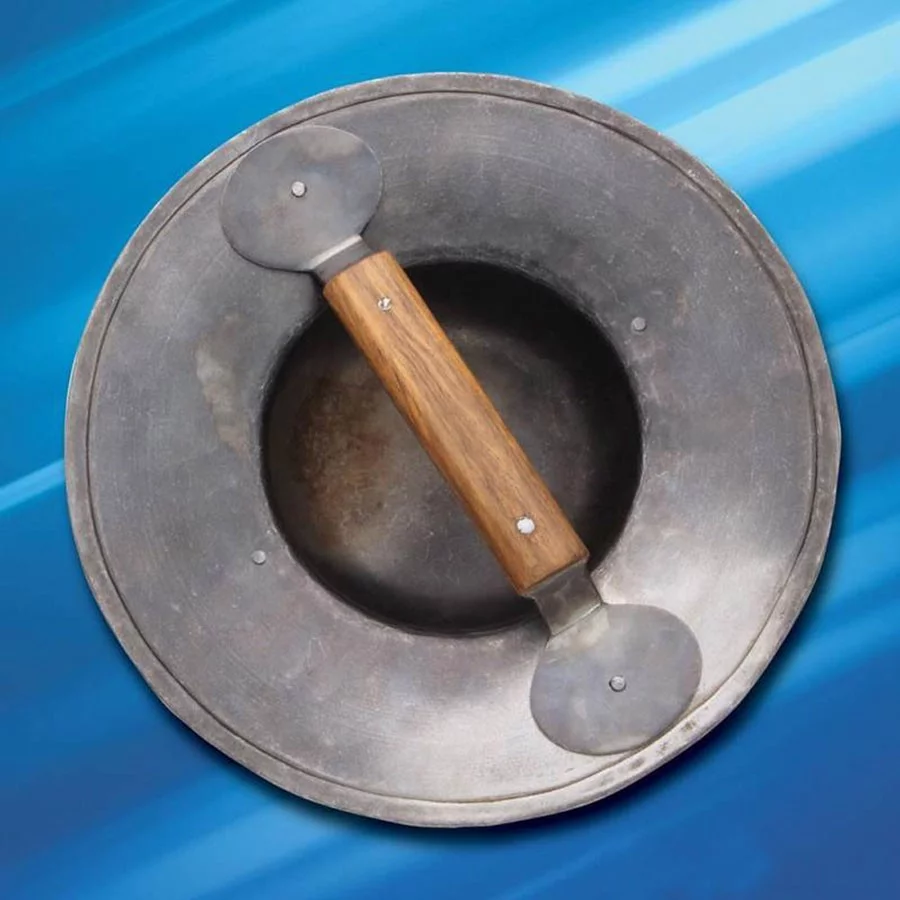
In the practice of medieval fencing, texts like MS I.33 present the buckler as an essential instrument for combat, emphasizing its ability to protect the warrior while allowing effective attack techniques. This shield, with its clever design, has remained a fascinating object in military history.
The Targe shield is a fascinating element in military history, particularly associated with Scottish infantry warriors between the 13th and 16th centuries. This shield, besides being a functional artifact in battle, embodies the rich culture and historical legacy of Scotland.
Origin and Etymology
The term "Targe" comes from the ancient Frankish targa and the Proto-Germanic targo, meaning "shield" or "border." During the Middle Ages, its use spread across various regions of Europe, notably in Scotland and Spain, where warriors employed it in various conflicts.
Design Characteristics
One of the most distinctive features of the Targe shield is its concave shape, designed to provide optimal protection to the bearer. Elements of its construction include:
- Wood: Many targes were made with two layers of wood joined at a right angle, giving them considerable durability.
- Iron: Some shields incorporated iron, providing durability and were occasionally covered with leather for added comfort and aesthetic appeal, decorated with brass studs.
- Leather: Wooden shields often had a leather cover secured with brass or silver nails.
Functionality and Use in Combat
The Targe shield was crucial in hand-to-hand combat. Scottish warriors used it not only for protection but also to confront their opponents. Its design allowed warriors to hold a weapon in one hand while protecting themselves with the shield in the other, enabling a smooth transition between attack and defense.
Change in Use and Prohibition
Over time, starting in the 15th century, the term "targe" began to be associated with shields used in jousting competitions. However, after the Battle of Culloden in 1746, the use of these shields was prohibited. This tragic event led to the destruction of many, increasing the historical and cultural value of the few that survive today.
Conservation and Aesthetics
The Targe shields that have survived to this day are witnesses to the artistic skill of their creators, adorned with intricate decorative patterns. Many of these shields belonged to prominent historical figures, becoming objects of admiration and study.
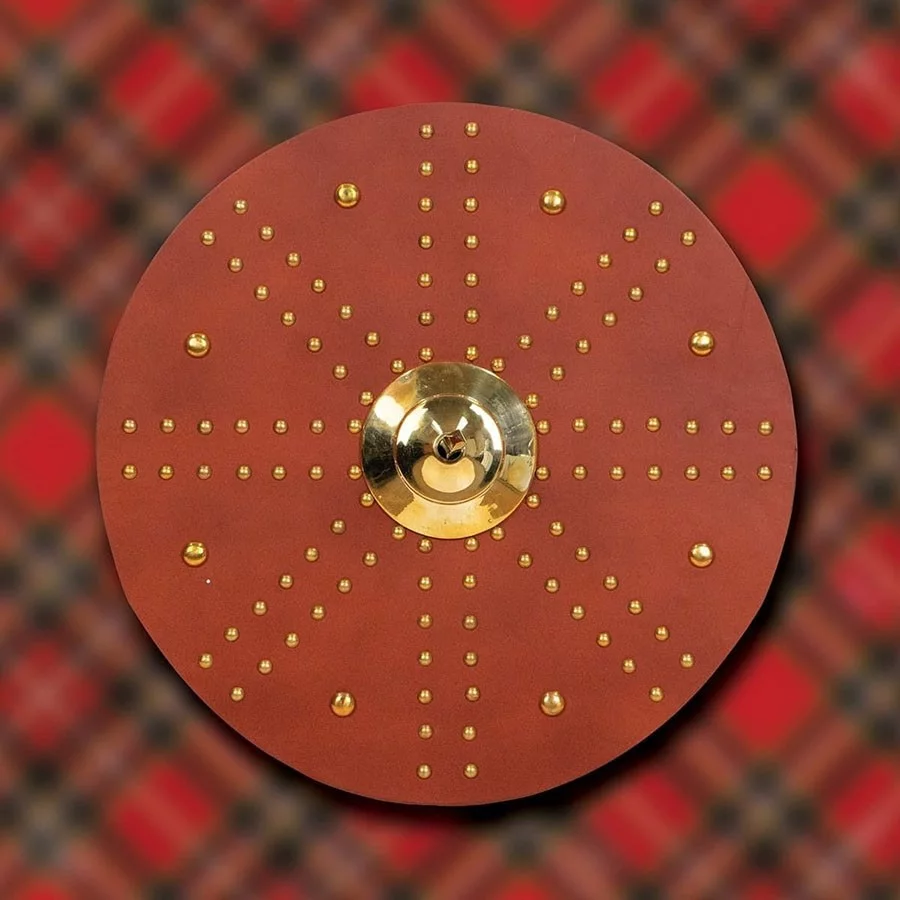
Overall, the Targe shield is not only a symbol of defense on the battlefield but also represents the indomitable spirit and cultural heritage of Scotland, reminding us of the bravery of the warriors who wielded it.
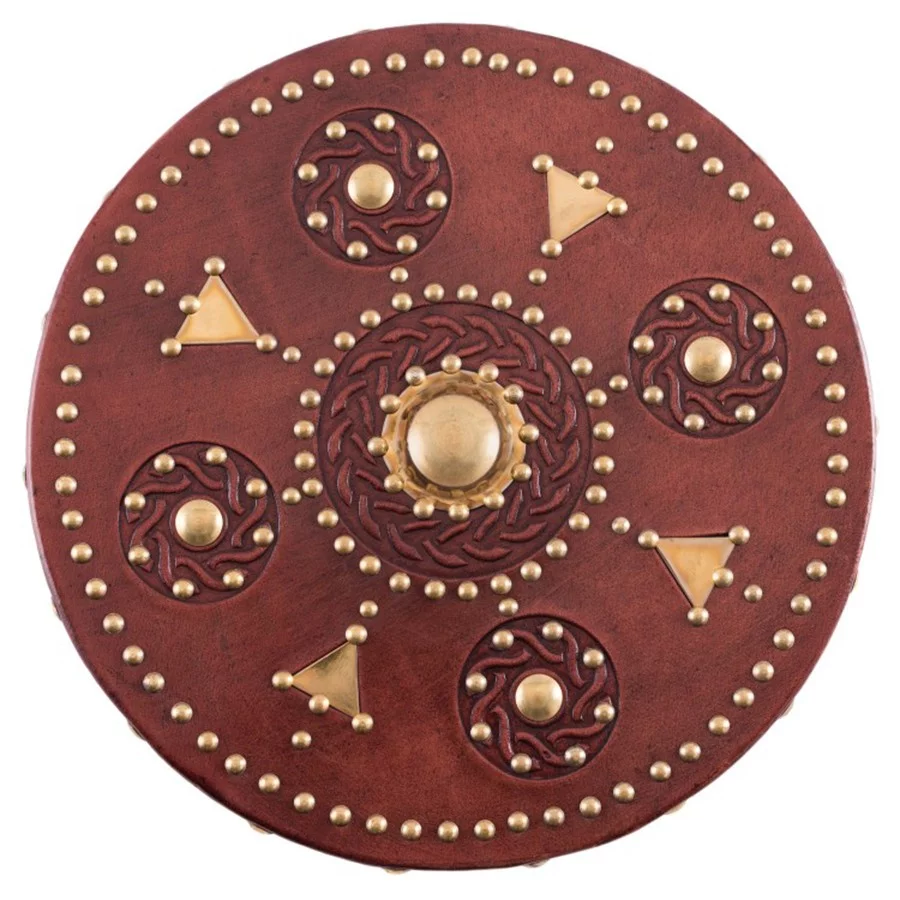
Origin and Design
The term "rodela" comes from the old Provençal "rodella," which describes a round shield with a single handle, primarily used by infantry soldiers rather than riders or knights. Some key aspects of its design are:- Circular and flat shape, with a central hole sometimes used as a grip point.
- Diameter between 50 and 60 centimeters, making it compact and easy to handle.
- Approximate weight of one kilogram, making it a lightweight option for combatants.
Historical Use
From antiquity to modernity, the rodela has demonstrated its functionality. During the Roman army, variants of the rodela were used to protect soldiers. In the 15th century, its use became widespread among infantry in northern Italy, where it was used in battles with light swords, particularly the thrusting and cutting sword known as the Sidesword.Use in Warfare
This shield was established as an essential defensive tool in assaults and reconnaissance during sieges. Despite its limited use in battle, its importance grew in close combat. Many military treaties of the time highlighted the role of the rodela as a defense in duels and close encounters.Production and Construction
Rodelas were usually made from various materials:- Wood approximately 0.5 cm or 1 mm steel with additional reinforcements.
- In the 17th century, innovation led to the creation of bulletproof rodelas weighing up to 5 kg.
- Some versions of rodelas included embedded pistols, showing their technical evolution.
Historical Examples
The use of the rodela was notable in Spain, especially in the armories of Vizcaya, where armorers produced rodelas around 1512. Hernán Cortés and his men also used these weapons in their campaign in Mexico, and efforts were made to standardize their use among armed infantry in various communities.
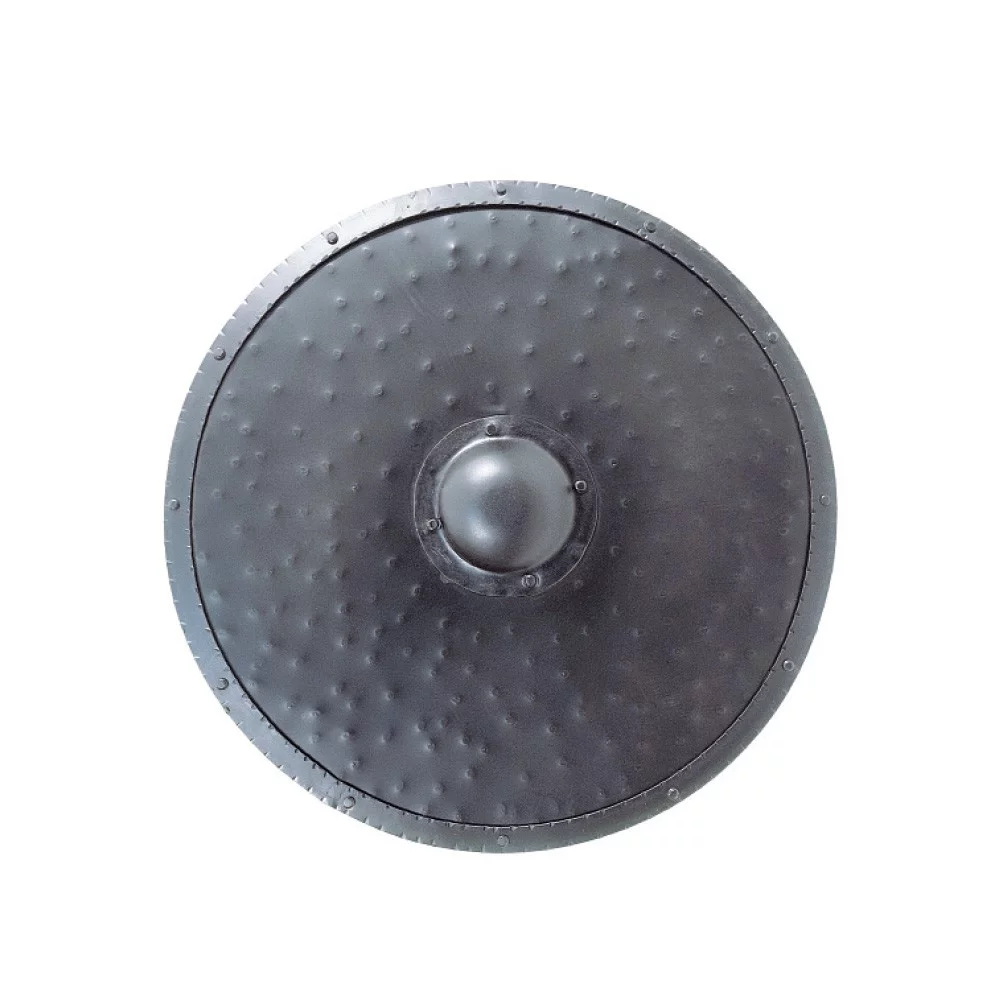
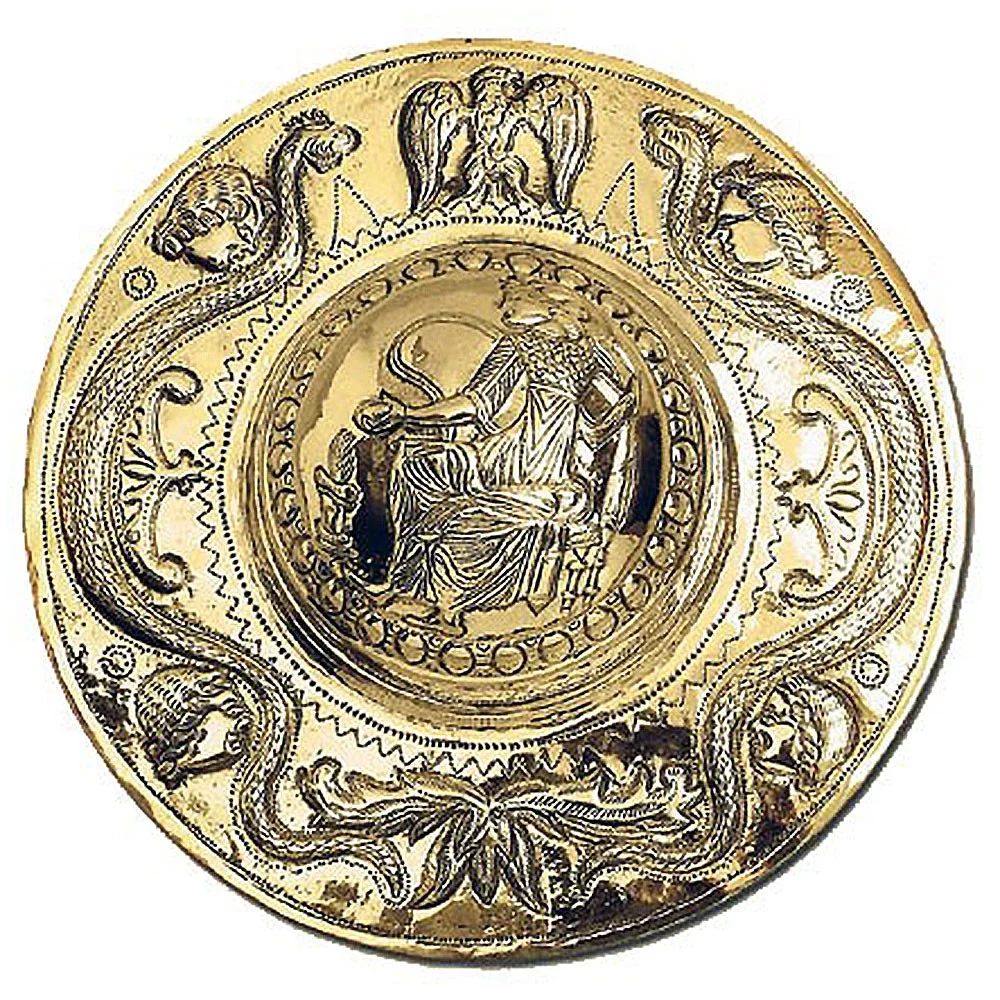
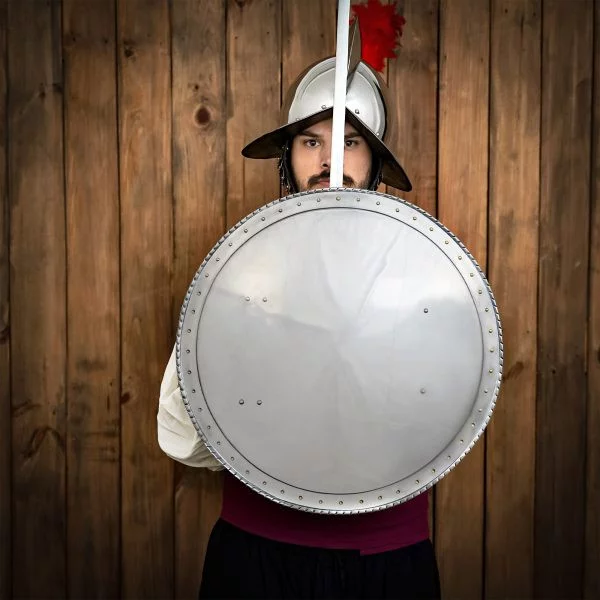
The term Scutum has multiple meanings that link it to history, astronomy, and zoology. Below, we will delve into each of these dimensions to understand its relevance and context.
History of the Scutum in Antiquity
In ancient Rome, the Scutum was an emblematic shield used by the legions. Here are some key features:
- Dimensions: Approximately 1.2 meters long and 76 cm wide.
- Materials: Made of wooden boards joined with glue, covered with canvas and leather, with a metal edge.
- Design: Originally oval, it later evolved into a rectangular design, being curved for greater protection.
In the center of the Scutum was the umbo, a metal disc that was used to deflect impacts. Although its use declined towards the 3rd century AD, its legacy and combat techniques have left an indelible mark on military history.
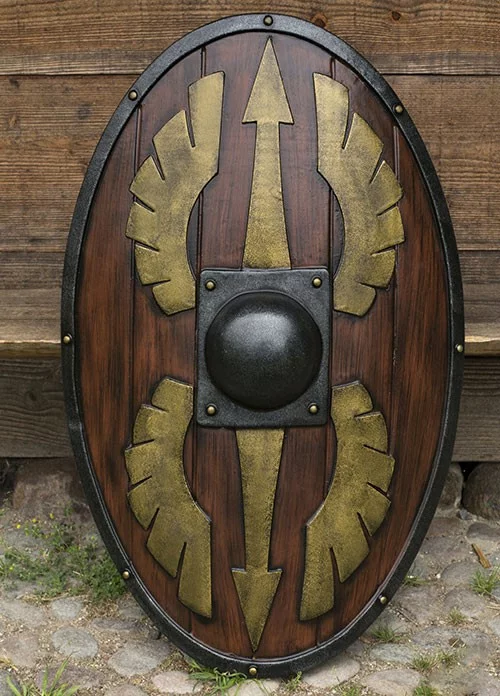
Astronomy: The constellation Scutum
In the field of astronomy, Scutum is a small constellation located just south of the celestial equator. Some interesting facts are:
- History: Named in 1684 by Polish astronomer Johannes Hevelius, originally as Scutum Sobiescianum.
- Configuration: Characterized by its narrow diamond shape formed by four bright stars.
- Celestial objects: Hosts the open cluster M11, known as the Wild Duck Cluster, one of the most observed.
Zoology: The Scutum in nature
In zoology, the term Scutum refers to protective structures. Examples include:
- Insects: In some, the Scutum is a scale that protects wings and legs.
- Snails: In these, it refers to one of the two valves of the operculum, which protects the interior.
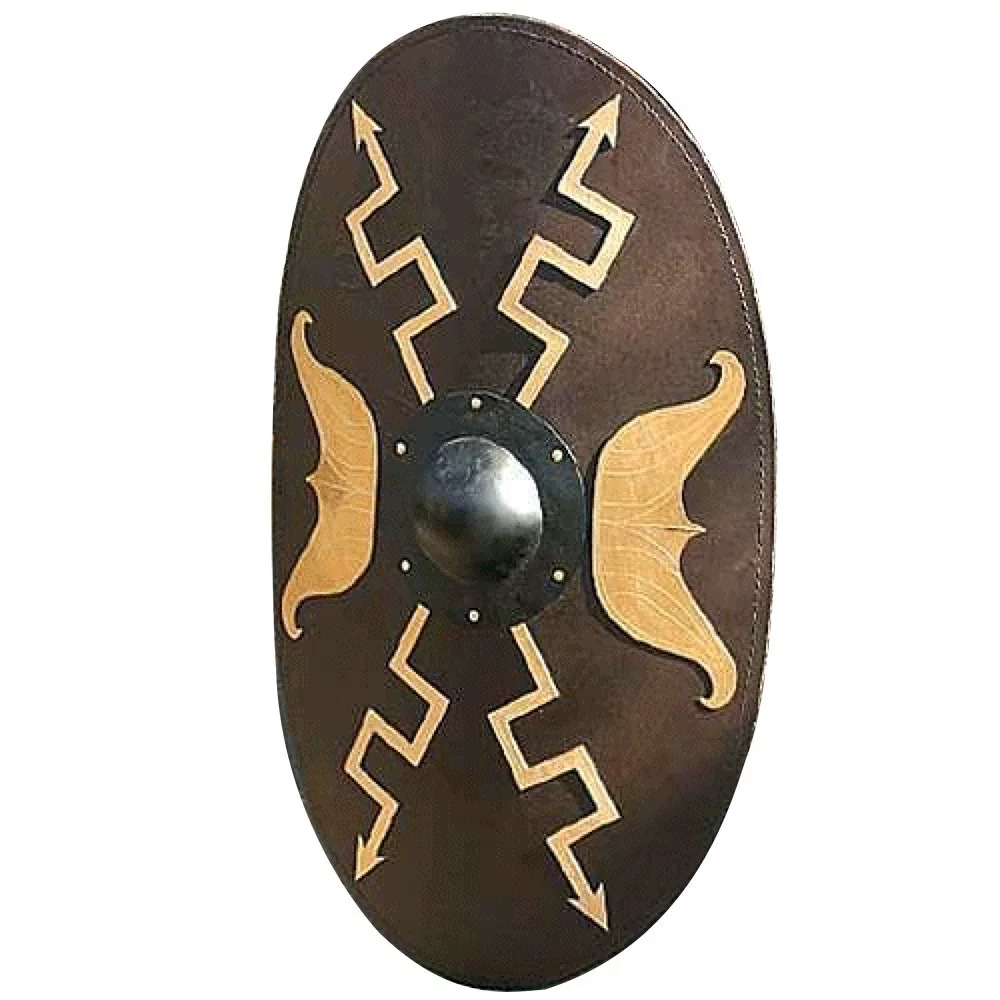
Modern Use
In addition to its historical and scientific meanings, the term Scutum has found its place in modern culture, such as Aquascutum, a British brand known for its waterproof clothing. This demonstrates the versatility and evolution of the term in different contexts.
The Scutum, therefore, is a rich and multifaceted concept that has permeated various disciplines, highlighting its significance in military history, astronomical exploration, and protection in the animal kingdom.
The term "clipeus" has varied meanings depending on both the historical and biological context. In the field of zoology, it refers to a key anatomical plate in the anatomy of arthropods; while in military history, it designates a type of shield used emblematically by Greeks and Romans. Below, we will examine in depth both the characteristics of the historical clipeus shield and its zootechnical relevance.
Clipeus Shield in Zoology
In the context of zoology, the clipeus refers to an aerodynamic structure that constitutes the anterior terminal part of the carapace of numerous arthropods, such as spiders, insects, and crustaceans. This anatomical plate not only provides protection but also plays a crucial role in the support of the head and thorax of these animals. Due to its shape and function, it allows arthropods to move with remarkable aerodynamic efficiency through their habitats.
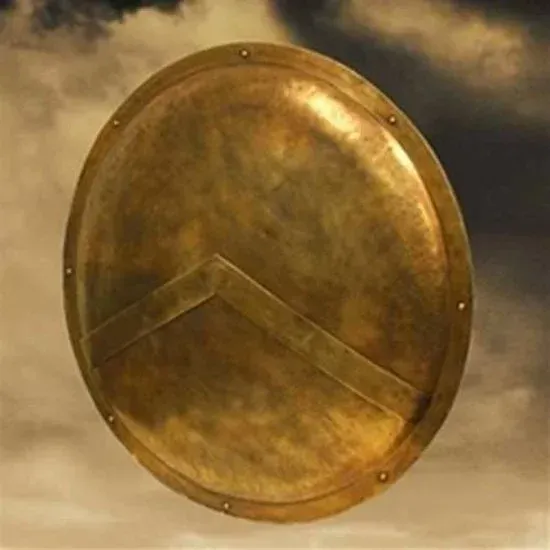
Historical Clipeus Shield
In the military context of antiquity, the clipeus shield (also known as the round shield) was famous for its use among the Greeks and Romans. This shield was notably large and circular, designed to provide complete coverage to the bearer. Occasionally made from woven willow branches or solid wood, its structure was reinforced with various layers of metal sheets to offer greater resistance to enemy impacts. The edge of the shield was often strengthened with a thicker metal sheet, thus increasing its durability and defensive capacity.
Characteristics of the Historical Clipeus Shield
- Shape: Exclusively circular, ensuring a perfect balance.
- Materials: Generally made of wood or willow branches, reinforced with metal sheets.
- Layers of Protection: Composed of multiple layers of metal sheets to mitigate attacks.
- Outer Edge: Reinforced with a thick metal sheet for greater protection against sharp edges.
- Central Protuberance: A prominence located in the center used for additional defense and to deflect blows.
This type of shield became a symbol of the defensive tactics of ancient warriors, standing out not only for its effectiveness but also as an element of cultural identity.
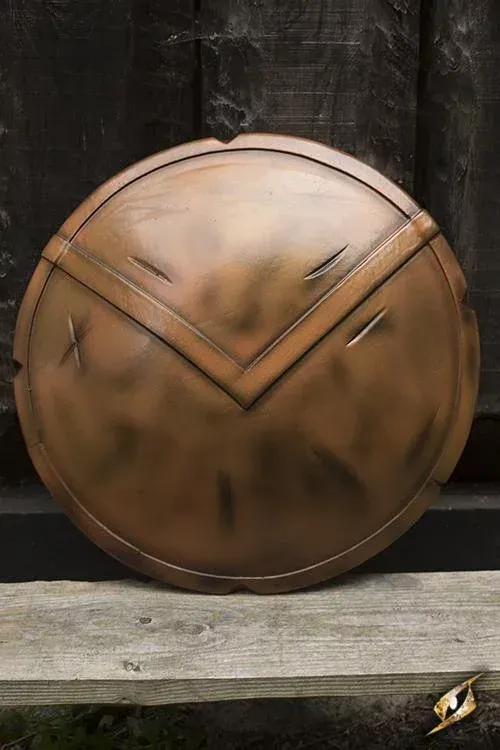
Comparison between the Zoological Clipeus and the Historical Clipeus
As a comparison between both meanings of the term, the zoological clipeus and the historical clipeus represent fascinating examples of the evolution of defensive structures, applied both in the natural realm and in the art of war. The characteristics coincide in their intention to protect and support, whether it is the anatomy of an organism or the body of a warrior.
| Context | Primary Function | Structure | Materiality |
|---|---|---|---|
| Zoology | Anatomical protection | Plate in the carapace | Varies by species |
| Military History | Defense in combat | Round shield | Wood and metal |
In both cases, whether within the fascinating world of arthropods or among the legendary armies of antiquity, the term "clipeus" reflects innovation and efficiency in protection and defense.
The triangular shield, also known as the "Heater Shield," represents one of the most distinctive innovations in medieval weaponry. Originating from the Norman or "kite" shield, its introduction in the late 12th century and early 13th century marked a significant shift in medieval combat strategies. This shield was not only vital for the physical protection of warriors but also played a crucial role in the evolution of military tactics of the time.
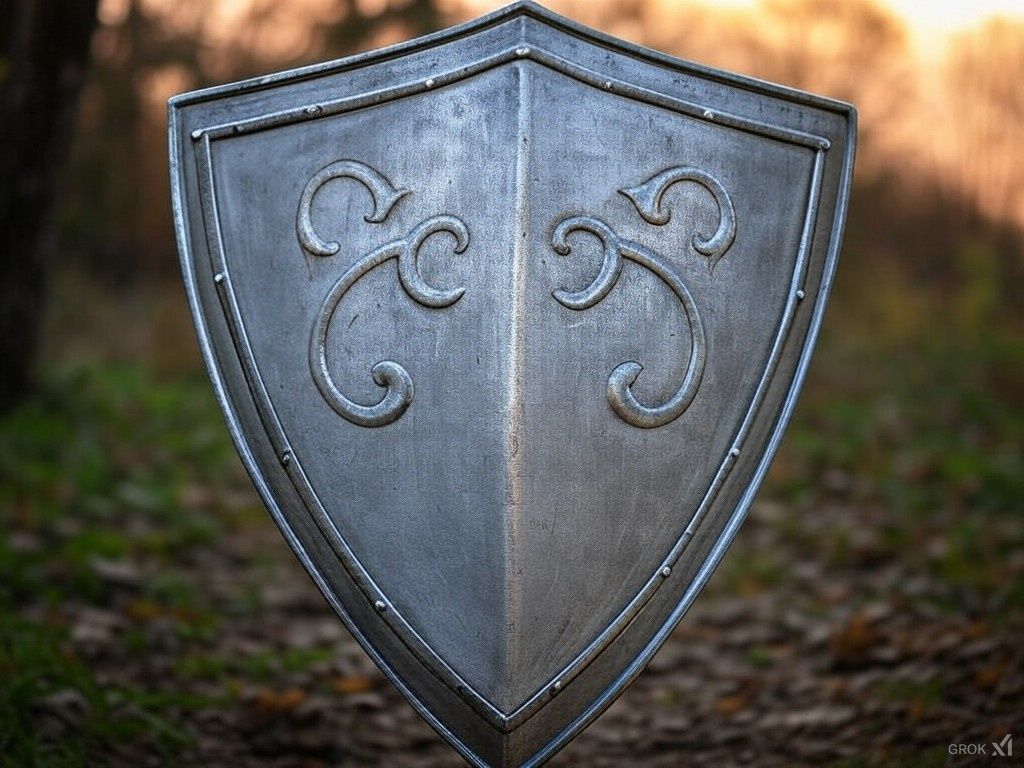
Origin and Evolution
The development of the triangular shield is largely due to the changing needs of medieval fighters. As confrontations evolved, the kite shield, with its large size and pronounced curvature, was reduced and adapted to improve its maneuverability and versatility. This evolution not only allowed soldiers to move with greater agility but also enhanced their ability to engage in close combat.
Features of the Triangular Shield
- Design: Its distinctive triangular shape has a wider base, providing ample coverage for the user's torso and legs. This design makes it especially useful for mounted knights, who need to protect their legs while maintaining maneuverability.
- Materials: Generally constructed with a sturdy wooden base, the shield was externally reinforced with leather. Its lower edge was often reinforced with metal for added durability.
- Use: Due to its practical design, the triangular shield was used by both cavalry and infantry. Its lightweight and ease of handling made it an essential component of medieval military strategies.
Importance during the Middle Ages
The triangular shield established itself as a symbol of defense and military strategy during the Middle Ages. Its design allowed warriors not only to defend themselves effectively against enemy attacks but also to maintain the mobility necessary to execute effective counterattacks. This combination of defense and maneuverability distinguished it from other defensive equipment of the time.
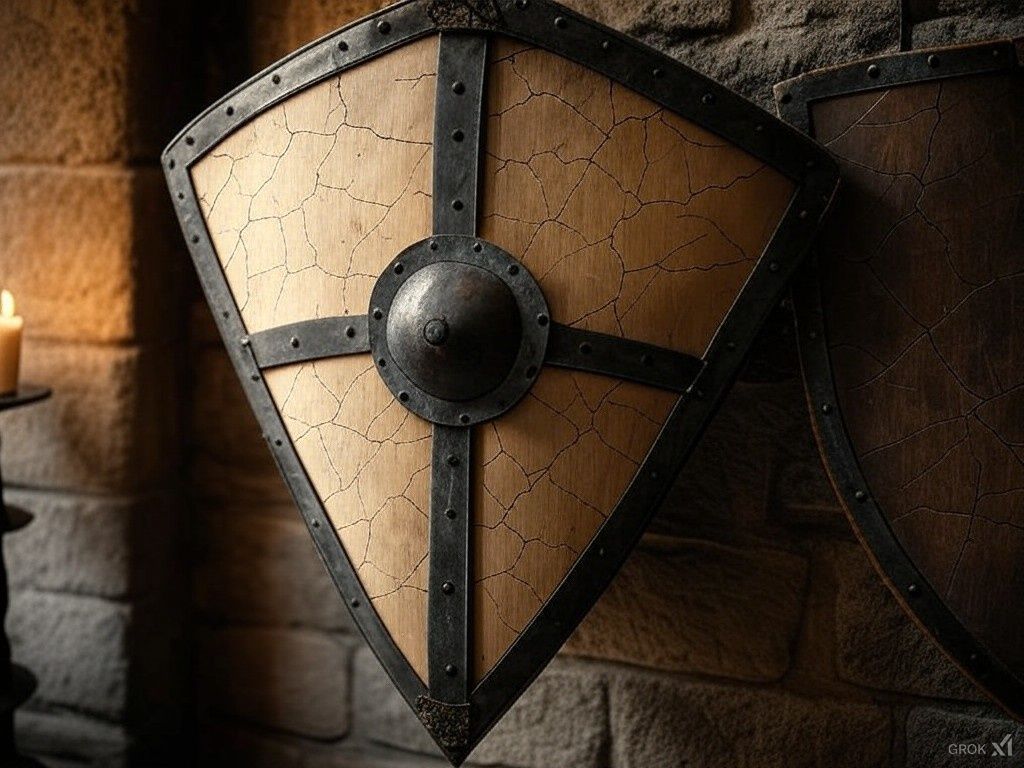
Use in Combat
- Cavalry: The triangular structure of the shield allowed for efficient protection of the knight's legs. This protection was crucial for maintaining balance and stability on the horse during combat. Additionally, the shield did not obstruct the right arm, allowing knights to employ offensive weapons simultaneously.
- Infantry: For infantry soldiers, the shield offered an ideal balance between protection and mobility. Its shape and weight did not negatively impact their ability to move, allowing for effective offensive and defensive tactics.
Legacy of the Triangular Shield
The impact of the triangular shield transcended its function as a mere defensive tool. It represents a period of adaptation and refinement in medieval armament, as a result of the constant evolution of military tactics. Over the centuries, it has proven to be a lasting symbol of the innovative changes in warfare equipment.
| Aspect | Description |
|---|---|
| Design | Triangular shape, wide coverage. |
| Materials | Wood reinforced with leather and metal. |
| Uses | Cavalry and infantry. |
| Importance | Symbolizes defense and military strategy. |
The triangular shield remains a fascinating object of study for enthusiasts of history and military technology, a testament to the ingenuity and adaptation of medieval armed forces in the face of battlefield challenges.
The comet shield, also known as the tear shield or Norman shield, stands as one of the most representative symbols of the medieval era. Conceived primarily between the 11th and 12th centuries, it not only served as a fundamental piece in combat but also stood out as a characteristic element of the Normans. Its architecture and design marked a milestone in military technology of that period, transforming it into an object of study and admiration in history.
Origins and Description
This shield has its roots in medieval Europe, particularly in the Norman region. Although the modern term "comet" has become popular, in its time it was more frequently referred to as "tear" or "Norman," alluding both to its curved shape and its predominant use by the Normans. Its design was strategic and functional, adapting to the needs and tactics of Norman warfare.
Characteristics of the Comet Shield
- Shape: The shield features a rounded structure at the top that tapers into a cone shape towards the bottom. This particular configuration allowed for some additional protection for the user's legs without adding excessive weight.
- Materials: The shield's construction included laminated wood, often covered with canvas and leather, materials that provided lightness and durability. In some cases, it was reinforced with iron plates to ensure greater durability.
- Use: Both infantry and knights made use of this shield. It was secured to the arm with leather straps, facilitating a defense that covered nearly the entire body.
- Evolution: As the years passed, the shield evolved, transitioning from very curved shapes to flatter and straighter variants at the ends, thus offering greater versatility on the battlefield.
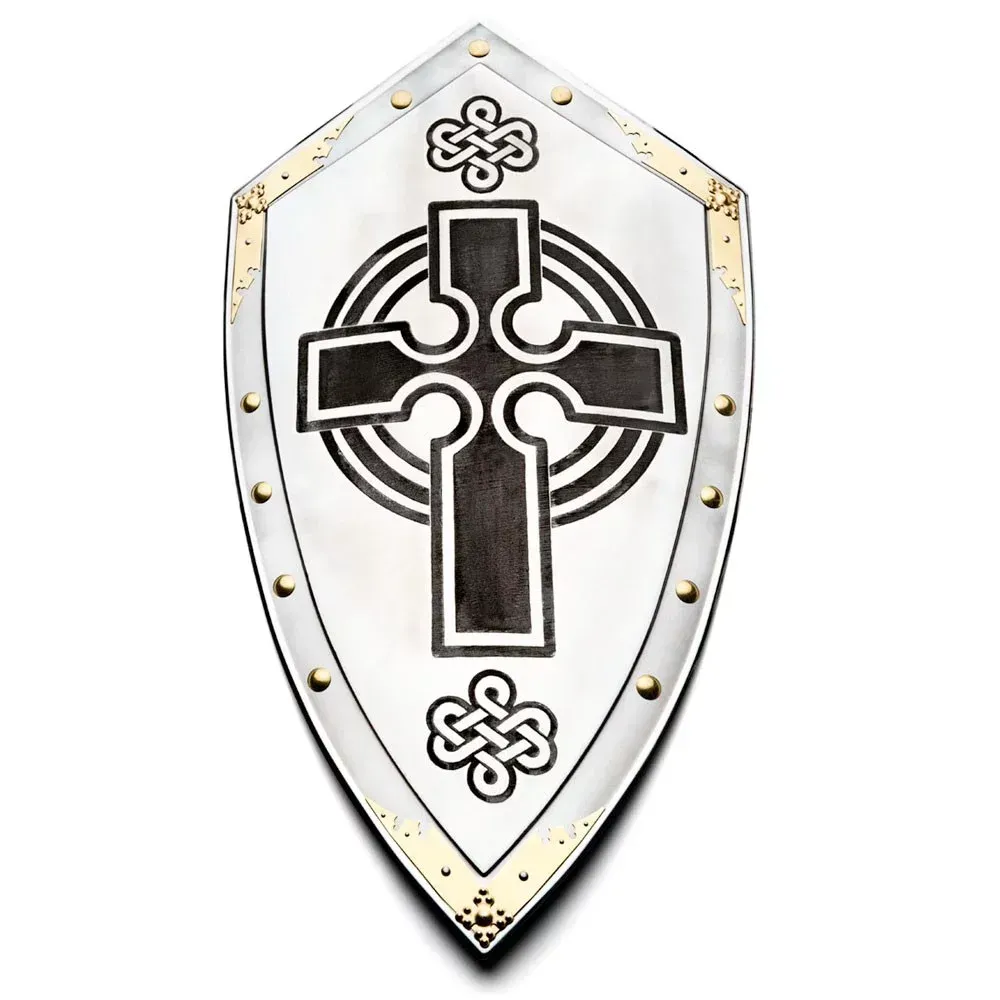
Historical Significance
The comet shield, beyond being an effective defensive device, represented a leap in medieval military technology. Its particular design allowed for blows to be intercepted and deflected efficiently, using the so-called umbo. This aspect proved especially useful in both hand-to-hand confrontations and ranged combat.
Use in the Middle Ages
Throughout the Middle Ages, the comet shield was a fundamental part of military strategies. The Normans, recognized for their military prowess, integrated it into their campaigns. Over time, it replaced the previously dominant round shield. However, by the late 12th century, the introduction of more advanced armor led to a reduction in shield size, eventually causing it to be completely eliminated by the 14th century.
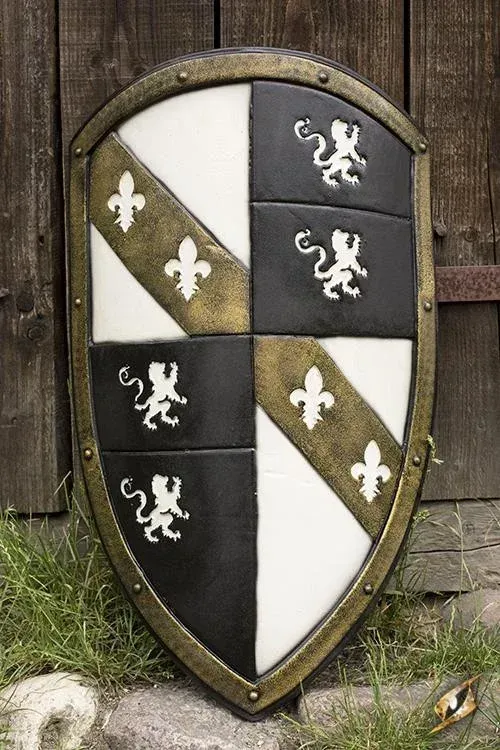
Legacy
The legacy of the comet shield is evident not only in military history but also in medieval culture. It inspired the distinctive shape of the heraldic shield, enduring to this day. This shield is an icon of the medieval period, evoking the skill and military strategy of the Normans.
This analysis of the comet shield highlights its historical importance and its impact on the development of medieval military technology. Incorporated into numerous military campaigns, this shield stood out for both its functionality and its design, leaving an indelible mark on the imagination and symbolism of the era.
In the vast stage of the Middle Ages, the Pavés Shield stood out as an essential piece of personal protection, specifically designed to meet the defensive needs of crossbowmen and other combatants on the battlefield. This type of shield was not only a technological innovation but also a product of its time and the political and military conditions that shaped it.
Origin and Description
The Pavés Shield emerged as a direct response to the military tactics observed during the Battle of Crécy, which took place on August 26, 1346, amid the Hundred Years' War between England and France. During this conflict, the Genoese crossbowmen in service of the French king were overwhelmed and annihilated by the volleys of English longbowmen. This experience revealed the vulnerability of crossbowmen during the reloading of their weapons, prompting the creation of a shield that would provide adequate protection.
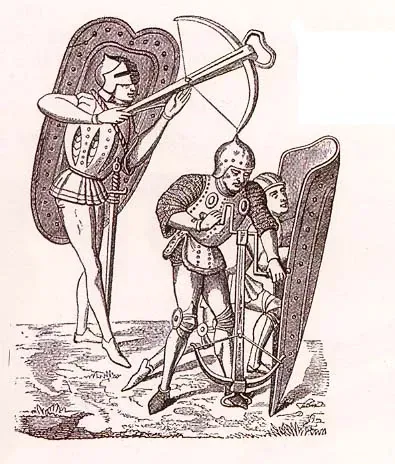
The Pavés Shield was a large and robust shield, designed to cover almost the entire body of the soldier, providing complete defense against enemy projectiles. It typically had an oblong shape and could resemble a portion of a cylinder or elongated cone. This shape allowed soldiers to use it as a secure shelter while reloading their crossbows or performing other defensive actions.
Features
Among the most notable features of the Pavés Shield are:
- Material: Made of hardened wood with leather, it offered a combination of protection and durability.
- Decoration: Frequently decorated with heraldic motifs, representing the colors and symbols of the lord or military leader to whom they belonged. Some examples also displayed religious motifs or royal coats of arms.
- Functionality: Provided excellent resistance not only against arrows and other projectiles but also against cavalry charges, continuing the tradition of infantry defense against heavily armored horse forces.
Use and Functionality
The pavés played an integral role in the protection of crossbowmen, especially during the reloading of their weapons. It was designed to offer safe coverage that prevented damage while combatants prepared for their next shot. Additionally, its utility extended to other defensive functions on the battlefield, being vital against cavalry charges.
Decoration and Utilization
Beyond its defensive capabilities, the Pavés Shield was a symbol of identity and affiliation. Its decoration, which could include the colors of the mercenary company or the lineage of the owner, added a visual element of prestige and belonging. Some models featured religious adornments, projecting not only military power but also the spirituality and divine patronage sought by medieval warriors.
Historical Transition
By the late 15th century, tactical and technological changes on the battlefield led to the replacement of the Pavés Shield by more suitable units, such as pikemen. However, its use persisted in maritime scenarios during the 16th and 17th centuries, serving as protection in shipboard combat.
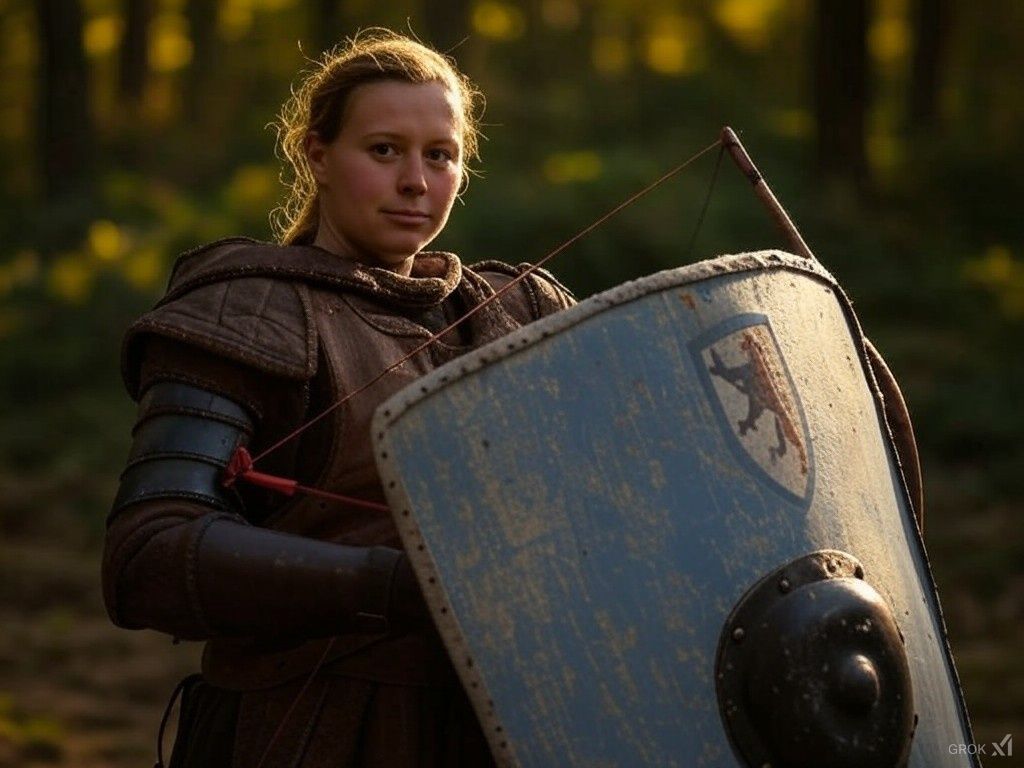
The resilience and versatility of the Pavés Shield are testaments to its importance in military history. This shield symbolizes not only the adaptability of medieval battle tactics but also an era in history where each innovation had a significant impact on the fate of nations and their armies.
The Parma shield is one of the most representative symbols of Ancient Rome, notable for its oval shape and its use throughout different historical moments. Its relevance extends from its appearance in Roman ranks to its reinterpretation in modern times for events and collections.
History and Use of the Parma Shield
The Parma shield is known for being part of the Roman army's armament. Let's see how its design and function evolved over time.
Origins in Ancient Rome
- Denomination: In Ancient Rome, the shield was known as "parma." Its design, characterized by its oval shape, was fundamental to its success among soldiers.
- Shape and Use: The oval shape of the Parma allowed it to be manageable and versatile, perfectly adapting to the uses of light infantry and cavalry. Its design facilitated mobility during battles, allowing for quick and effective movements.
Republican Era
- Velites and Cavalry: This shield was particularly popular among the velites, light infantry dedicated to skirmishing tasks, and within the ranks of cavalry. Its lightness and maneuverability were vital for improving effectiveness on the battlefield.
Imperial Era
- Infantry and Auxiliary Cavalry: In the late imperial times, the Parma was mainly used by auxiliary infantry and light cavalry. Although legionaries preferred the stronger and more protective scutum, the parma proved more suitable for mobile troops.
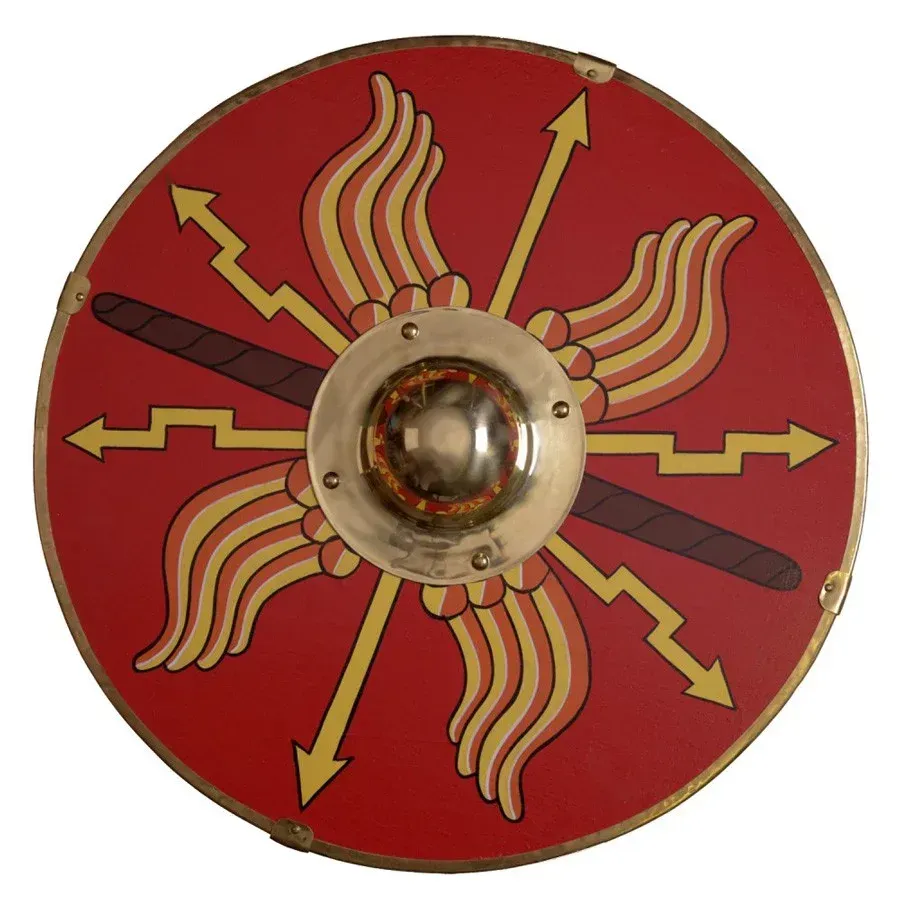
Characteristics of the Modern Parma Shield
In modern times, the Parma shield has been recreated using contemporary materials, ensuring durability and a style close to the original.
Physical Description
- Material and Size: It is primarily constructed from plywood, with a thickness of 1 cm. Its approximate dimensions are 62 cm long and it weighs about 2.5 kg, making it sturdy and easy to handle.
Design and Decoration
- Brass Trim: For an authentic finish, its edge is coated with brass. This not only enhances durability but also gives it a visually faithful appearance to the shields of the time.
- Roman Motifs: The decoration with Roman motifs offers a captivating appearance, transporting the observer back to the times of the Empire. These details make it ideal not only for simulated battles but also for display.
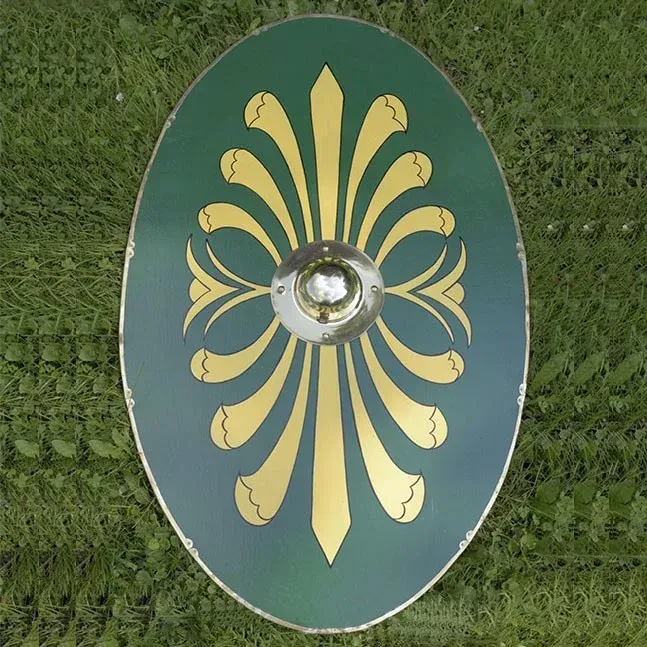
Modern Use of the Parma Shield
The Parma shield has found its place today through uses that preserve its legacy and adapt it to new narratives.
Historical Recreation and Collecting
- Historical Recreation Events: The shield plays an essential role in historical events, providing an authentic experience while recreating battles and scenes from ancient Rome.
- Collection: Beyond its active use, it is a valuable object for collectors of historical artifacts, thanks to its authenticity and quality.
This shield is more than just a simple object; it is a bridge to knowledge and appreciates its touch as a window to the past. Its history, design, and ongoing use in modern recreations reflect both the military ingenuity of Rome and the current interest in reviving history.
```The adarga is a notable shield in medieval military history, known for its lightness and resilience. Originating from North Africa, it was primarily used by Muslim troops during the famous Reconquista war and, beyond that, in various regions of the Maghreb. This shield is not only interesting for its construction and utility in combat but also for its cultural journey through different civilizations.
Origin and Structure of the Adarga
The birth of the adarga is located in North Africa. This shield, made from multiple layers of leather or hemp sheets, stands out for the durability provided by its hardening with vinegar or brine. Typically, the adarga takes rounded or double-recurve forms and usually lacks external decorations, which was a logical choice given its perishable nature.
_MET_DP359106.jpg)
Metropolitan Museum of Art, CC0, via Wikimedia Commons
Historical Use of the Adarga
- Muslim Troops: During the stages of the Reconquista, the adarga was widely used by Muslim light cavalry. Its lightweight and durable design made it ideal for protection against sword, spear, and arrow attacks.
- Adoption by Christians: Although it was initially a Muslim shield, Christians did not hesitate to adopt it. The adoption of this type of shield is documented in the Courts of Guadalajara in 1390.
- French Version: Interestingly, the French adapted a wooden version of the adarga, known as turs, adjusting the design to their own military requirements.
Distinctive Features
The adarga is distinguished by several characteristics that make it unique among medieval shields:
- Materials: Leather or hardened hemp was used to construct the adargas.
- Shape: It could be round or have a double-recurve design.
- Resistance: It was particularly effective in protecting against edged blows and also absorbed blunt impacts.
- Usage Method: The adarga was not gripped in the traditional manner. Instead, it was held by a handle, sometimes featuring decorative metal discs with primarily aesthetic purposes.
Conservation and Cultural Representations
Historical examples of the adarga have persisted, such as the one preserved in the Royal Armory of Madrid, dating from the 15th century with the inscription "And he is not a winner except God." The adarga is also depicted in various works of medieval art, including the “Cantigas of Alfonso X” and paintings from the Alhambra, showcasing its cultural relevance during that era.
The Adarga in Games and Combat
In the realm of medieval games, such as the stick fights and the running of piglets, the adarga played a prominent role. For these purposes, larger and more flexible adargas were made, equipped with grips, handles, and bindings. Their appearance was enhanced with gold and silver trims and edging, elevating their visual appeal.
Relevance Over Time
Despite the emergence of firearms, the adarga continued to be in use until the 17th century, especially in cavalry combats among the nobility of the continent. The combination of resistance and lightness ensured its place in military history, demonstrating why it was so valued in various combat contexts.
This shield was not only an essential defense tool but also a cultural piece that connected different periods and societies through its design and functionality. The history of the adarga is a testament to the evolution of armor and the intercultural influence over time.




























